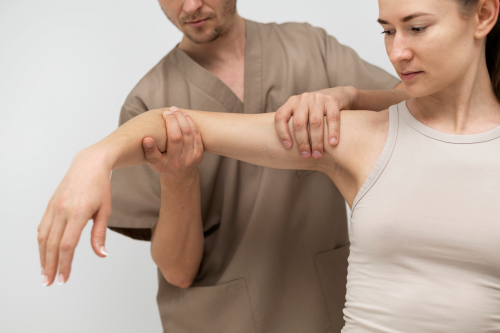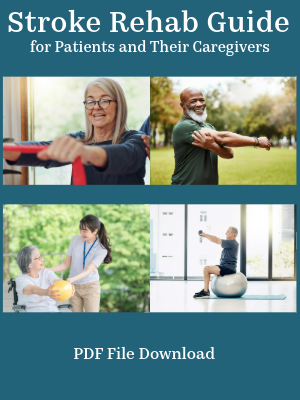Flaccid Paralysis Treatment After Stroke
Questions and Answers
The questions below were submitted to stroke-rehab.com by readers regarding flaccid paralysis treatment. This was a popular Ask The Therapist topic, so a total page has been devoted to it. Flaccid paralysis (or flaccidity) after a stroke refers to a specific type of muscle weakness that occurs as a result of damage to areas of the brain responsible for controlling muscle movement. It can lead to weakness or paralysis of the affected muscles.
Flaccid paralysis is characterized by a loss of muscle tone, meaning the affected muscles become limp and unable to contract properly.

Image by Freepik
Flaccid Paralysis Treatment?
by Christy
Question: What is the protocol for flaccid paralysis treatment after stroke? How long does this flaccid stage usually remain?
Answer: There is no set amount of time that the flaccid stage remains. For some, it can resolve in days, others weeks or months. Most stroke patients don't remain flaccid and will gain some tone which can range from minimal to severe. There is no specific protocol for flaccid paralysis treatment after stroke, but the following are recommendations.

